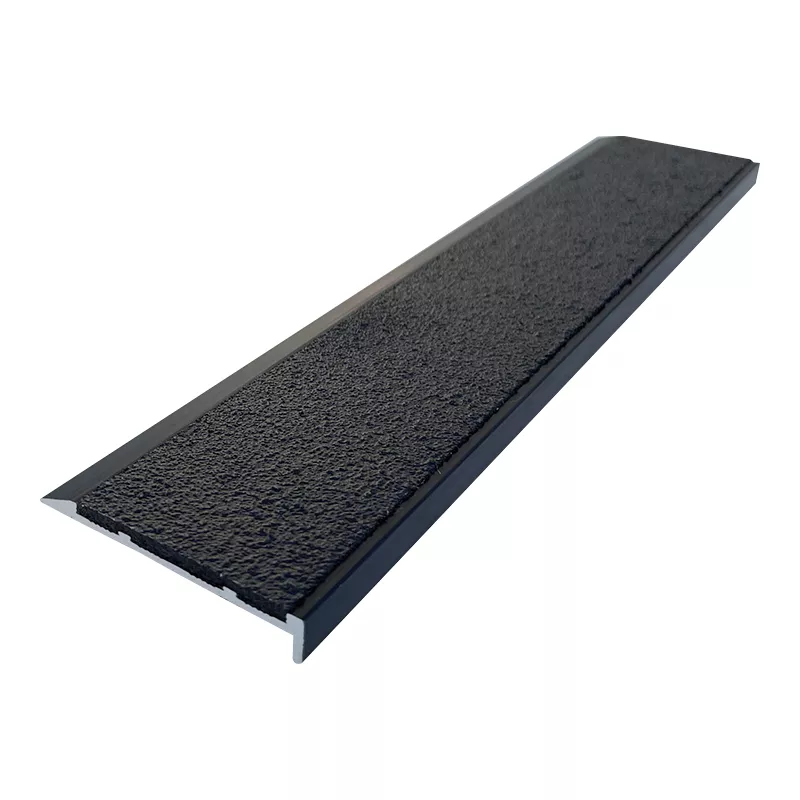
Great things in business are never done by one person. They’re done by a team of people. We have that dynamic group of peoples

Anti-Slip Tape vs. Other Safety Solutions
Anti-Slip Tape vs. Other Safety Solutions, like non-slip flooring, safety mats, and non-slip coatings, highlighting advantages, disadvantages, and suitability.

Photoluminescent Stair Nosing Maintenance and Care
Photoluminescent Stair Nosing Maintenance and Care: ensure its long-lasting glow and safety benefits, keeping your stairs illuminated and accident-free.

The Latest Trends in Stair Tread Materials and Colors
Discover the latest trends in Stair Tread Materials and Colors. Explore how custom stair nosings can transform your staircase into a stunning focal point.




